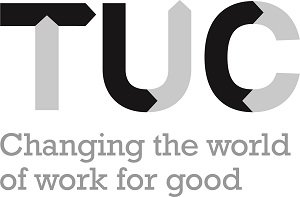Stress
Stress stands out more than ever as the main health and safety concern of union safety reps. 70% of health and safety reps identified stress as one of the top five hazards in their workplace in the biennial TUC safety representatives’ survey.
Every year, more than 400,000 of us suffer from stress-related illnesses linked to our work. The impacts on our physical and mental health can be severe.
Unfortunately many employers prefer to focus on the worker rather than the problem. They will try to train workers how to deal with stress rather than remove or reduce it. Employers have a legal duty to remove or reduce stress levels.
Most union health and safety reps will have to deal with members facing stress-related problems. The 2016 TUC survey of union health and safety reps, 70% identified stress as one of the top five hazards in their workplace and 32% said it was the top hazard. In the public sector the figure was higher with 78% reps saying that it was one of the top five hazards.
The mental symptoms of stress include anxiety and depression but can range from sleeplessness and listlessness through to clinical depression and suicide. The physical effects range from appetite loss and nausea through to heart damage and stroke.
A workplace with a lot of stress may suffer from high absenteeism, higher risk of accidents, industrial relations problems, demotivation and high labour turnover.
However no one should have to suffer from the effects of workplace stress. It is avoidable. If anyone is suffering from a stress related illness, the employer should ensure that they have access to proper professional help and support.
questions
- Look for warning signs. It may be a headache, diarrhoea, losing sleep or loss of concentration. Watch out for increases in tension, irritability and moodiness.
- Visit your GP. Tell your GP about your work and your health symptoms.
- Use a helpline. Many employers, unions and voluntary agencies offer confidential advice on tackling stress.
- Look after yourself. Take regular exercise, eat healthily and take proper breaks, such as at least half an hour at lunchtime.
